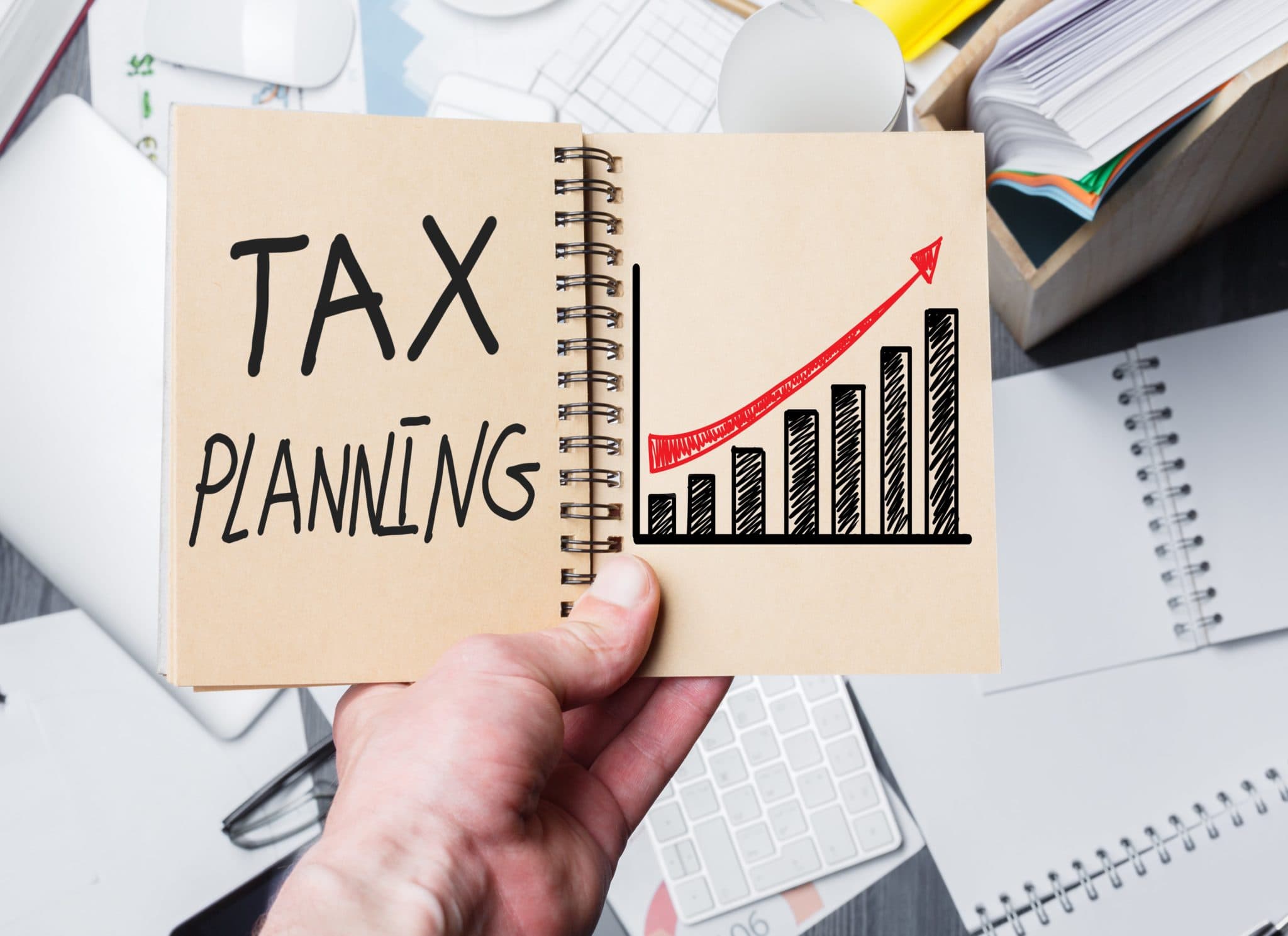As the year draws to a close, small business owners should prioritize year-end tax planning to optimize their financial situation and ensure compliance with tax laws. Effective tax planning with the assistance of an international tax accountant can help minimize tax liabilities, maximize deductions, and set your business up for success in the coming year.
Here’s a comprehensive guide to year-end tax planning for small businesses.
Review Financial Statements
The first step in year-end tax planning is to review your financial statements. This includes your income statement, balance sheet, and cash flow statement.
Key Actions:
- Analyze Income and Expenses: Make sure all income and expenses are accurately recorded. Look for any discrepancies or missing entries.
- Reconcile Accounts: Ensure all bank accounts, credit cards, and loans are reconciled.
- Assess Profitability: Determine your year-to-date profitability and compare it to previous years to identify trends or areas for improvement.
Maximize Deductions
Identifying and maximizing deductions is crucial for reducing your taxable income. For that, you should familiarize yourself with the common deductions available to small businesses.
Common Deductions:
- Office Supplies and Equipment: Deduct the cost of office supplies, equipment, and furniture.
- Vehicle Expenses: Deduct mileage or actual vehicle expenses related to business use.
- Home Office: If you work from home, you may be eligible for a home office deduction.
- Travel and Entertainment: Deduct business-related travel, meals, and entertainment expenses.
- Employee Salaries and Benefits: Deduct wages, bonuses, and benefits paid to employees.
Consider Tax Credits
Tax credits can directly reduce your tax liability and are often more valuable than deductions. So, you should research the available tax credits and determine if your business qualifies.
Potential Tax Credits:
- Research and Development (R&D) Credit: For businesses involved in research and development activities.
- Work Opportunity Credit: For hiring individuals from targeted groups that face significant barriers to employment.
- Small Business Health Care Tax Credit: For providing health insurance to employees.

Plan for Depreciation
Depreciation allows you to deduct the cost of tangible assets over their useful life. Understanding depreciation rules can help you make strategic purchasing decisions.
Manage Inventory
For businesses that sell products, managing inventory is an essential aspect of year-end tax planning. Accurate inventory management can impact your cost of goods sold (COGS) and overall profitability.
Evaluate Retirement Plans
Contributing to a retirement plan can provide tax benefits for both you and your employees. So, review your current retirement plan options and consider making contributions before the year ends.
Assess Estimated Tax Payments
If your business pays estimated taxes, review your payments to ensure they align with your actual tax liability. Making accurate estimated tax payments can help avoid underpayment penalties.
Tips:
- Review Quarterly Payments: Compare your estimated tax payments to your projected tax liability.
- Adjust Future Payments: If necessary, adjust your remaining estimated tax payments to avoid underpayment penalties.
Consult with a Tax Professional
Year-end tax planning can be complex, so consulting with a tax professional can provide valuable insights and ensure compliance with tax laws. A Certified Public Accountant (CPA) or tax advisor can help you develop a tailored tax strategy based on your unique business needs.
Benefits of Consulting a Professional:
- Expert Advice: Receive guidance on tax regulations and strategies to minimize your tax liability.
- Audit Support: Get assistance in case of an audit or other tax-related issues.
- Tax Planning and Preparation: Ensure accurate tax preparation and proactive planning for future tax years.
Conclusion
Effective year-end tax planning is essential for small businesses to minimize tax liabilities, maximize deductions and credits, and ensure compliance with tax laws. By reviewing financial statements, maximizing deductions, considering tax credits, planning for depreciation, managing inventory, evaluating retirement plans, assessing estimated tax payments, and consulting with a tax professional, you can optimize your tax situation and set your business up for success in the coming year.




